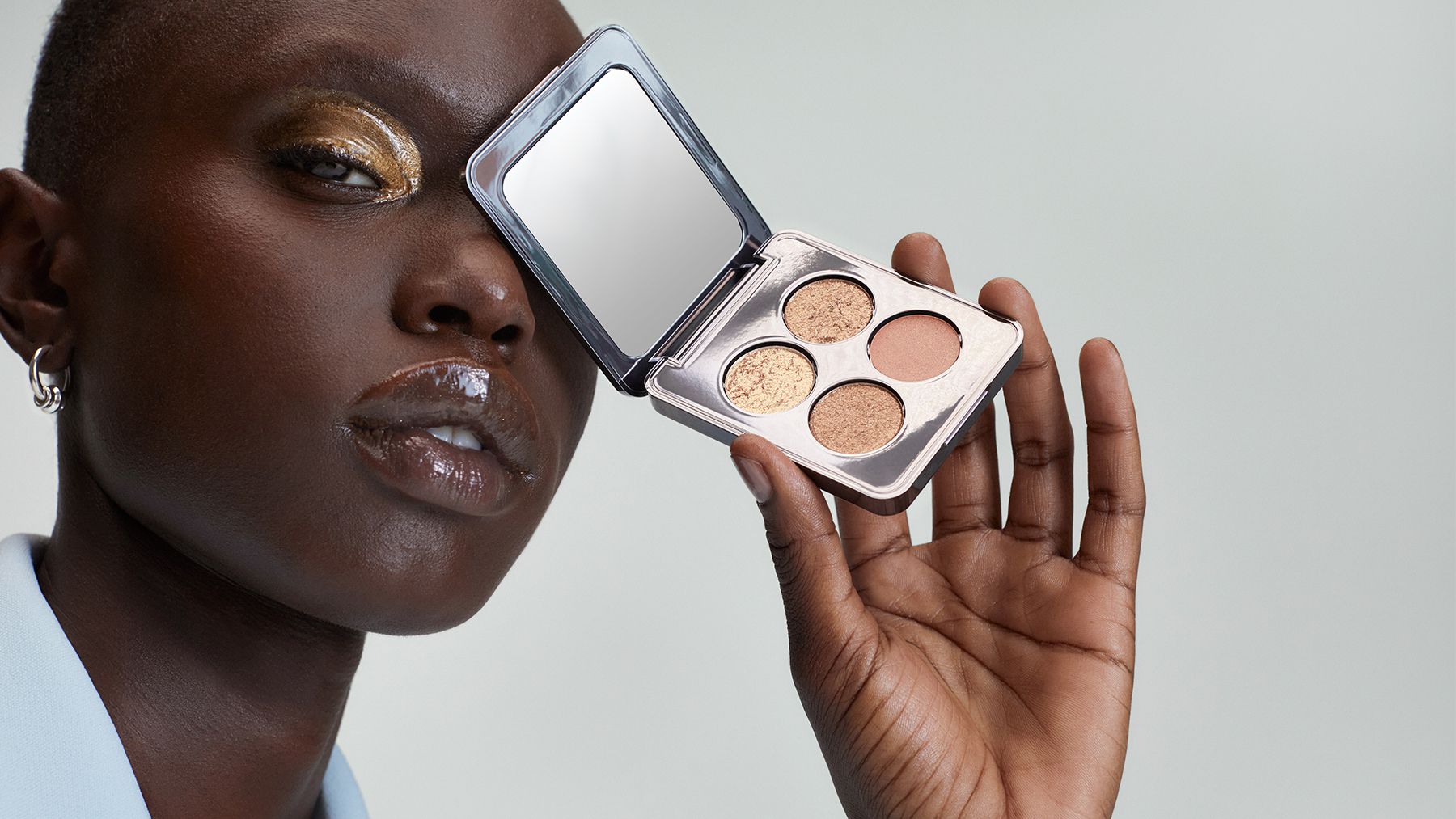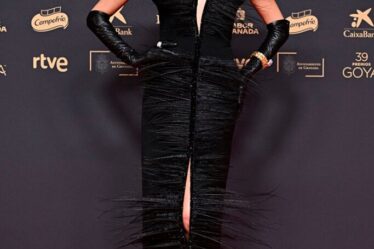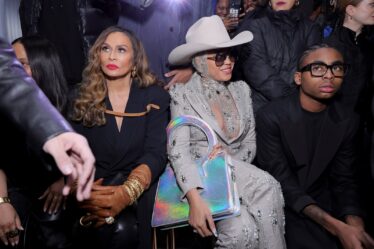
Farfetch, Shopbop and Moda Operandi – three high-end sellers of apparel and accessories online with a combined 51 years in business – have within the last year decided they could be beauty retailer, too. Each introduced its own spin on the category: sophisticated editorial content (Farfetch); superior logistical capabilities (Amazon-owned Shopbop) and a lavish, curatorial experiences (Moda, which launched its beauty shop just this week).
In 2013, Net-a-Porter was the first viable, luxury fashion destination online that expanded into beauty. At the time, the retailer’s managing director told me that, despite the launch of “The Quintessential Edit,” Net-a-Porter would “always first and foremost be a fashion business.” In the decade since, the novelty of being a fashion-beauty retail hyphenate has worn off, mostly because just about everyone does it.
Beauty has proven to be an attractive space since returns are low, the category is resilient and there’s plenty of crossover between luxury fashion and beauty shoppers. Luxury e-tailers, like department stores before them, are eager to extend their authority beyond designer handbags and shoes. Like Net-a-Porter, the newer entrants say skin care and makeup will never be the core sales driver (not that they would object if it were).
But some are struggling to sell products at all.
One beauty brand, which has seen significant sales on beauty sites and brick-and-mortar retailers, recorded under $100 in sales on Shopbop for the week ending Jan. 7, according to a sell-through reporter reviewed by BoF. In the four week’s ending on Jan. 7, total sales on the site were less than $1,000, which includes the weeks leading up to Christmas. Shopbop declined to comment.
As it turns out, it takes more than just populating a website or store shelves with bottles and tubes of skin care to convince shoppers you’re a viable beauty seller. The missing element is often authority, which comes more easily when beauty is a retailer’s exclusive focus (Sephora and Ulta Beauty aren’t trying to sell fashion, after all).
“I don’t think it’s an automatic ‘plug in’ and it’s just going to sell,” said Manola Soler, senior director at Alvarez & Marsal Consumer Retail Group. “All of these luxury sites have an authority and a voice they’ve developed in terms of fashion. How much does that translate to beauty?”
On Shopbop, product shots are presented in the same grid format as fashion. But where clothes are shown on models, most beauty products appear as bottles or packages against a neutral background. It’s already challenging to sell beauty online; imagery and presentation have to make one feel like it’s as close to an IRL experience as possible.
Noticeably absent are any labels from The Estée Lauder Cos., which sells its brands at Farfetch and Moda Operandi. This isn’t surprising, as Fabrizio Freda, chief executive officer of The Estée Lauder Cos., is committed to maintaining the company’s prestige positioning, and has commented publicly on ELC’s decision to avoid Amazon.
Farfetch bought its beauty authority. The marketplace acquired premium beauty retailer Violet Grey in 2022 before entering the category. Violet Grey is known for slick, highly produced content and its “Violet Code,” “a testing process and set of standards by which our community of top makeup artists, hairstylists, estheticians, dermatologists, and celebrity influencers distinguish the finest beauty products in the world from the tens of thousands on the market,” according to its website.
Although it’s a small business, Violet Grey was already an authority on premium skin care, makeup, tools and more, and its endorsement is coveted. Violet Code “Approval” could legitimise a beauty brand, resulting in promotion across Violet Grey’s site, social media platforms and influential people in the beauty space (often friends of the retailer’s founder and chair Cassandra Grey).
“Farfetch is giving you storytelling, education, ambiance that is different than what you get elsewhere, [and] Shopbop looks a lot like Amazon,” said Marie Driscoll, managing director of luxury and fashion at consultancy Coresight Research.
The jury’s out on whether this approach is succeeding in driving sales, however. The value of goods sold on Farfetch’s marketplace – fashion and beauty included – stagnated last year, and the company’s stock hit an all-time low in December.
At Moda, chief brand officer Lauren Santo Domingo is a global fashion authority, and her fashion, accessories and home “picks” are often highlighted throughout the retailer’s social content and marketing materials.
With fashion, Santo Domino’s doesn’t just showcase designers; she’s often photographed in looks and campaign imagery for the site. Once anointed a favourite of Santo Domingo’s, a brand or product enjoys increased exposure and sales.
Jessica Matlin, Moda Operandi’s beauty director, told me that Moda will expand “Lauren’s Picks” to include beauty.
“I send her products, Lauren tells me what she loves,” she said. “You’ll know what Lauren is using and what Lauren’s favourite lotions are.”
Moda has a tight edit Matlin described as “heroes and hidden gems,” exclusive products and experiences. Among them: an “Escape to Iceland” trip with unlimited spa access (and Blue Lagoon Iceland skin care) for $13,000; an $8,500 masterclass with celebrity hairstylist Mara Rozak and a $12,000 mathematical facial analysis with a top New York City-based plastic surgeon that comes with a microneedling treatment and skin care products (but no surgery).
To be taken seriously in luxury, whatever the category, starts with a strong point of view. That leads to becoming an authority, and being an authority allows for a chance at differentiation, which could include access to famous hairstylists and doctors. I’m not sure who will pay over $10,000 for a session with a plastic surgeon that includes no plastic surgery, but “experiences” like these help establish Moda as a player with serious access, which is something different than its competitors.



